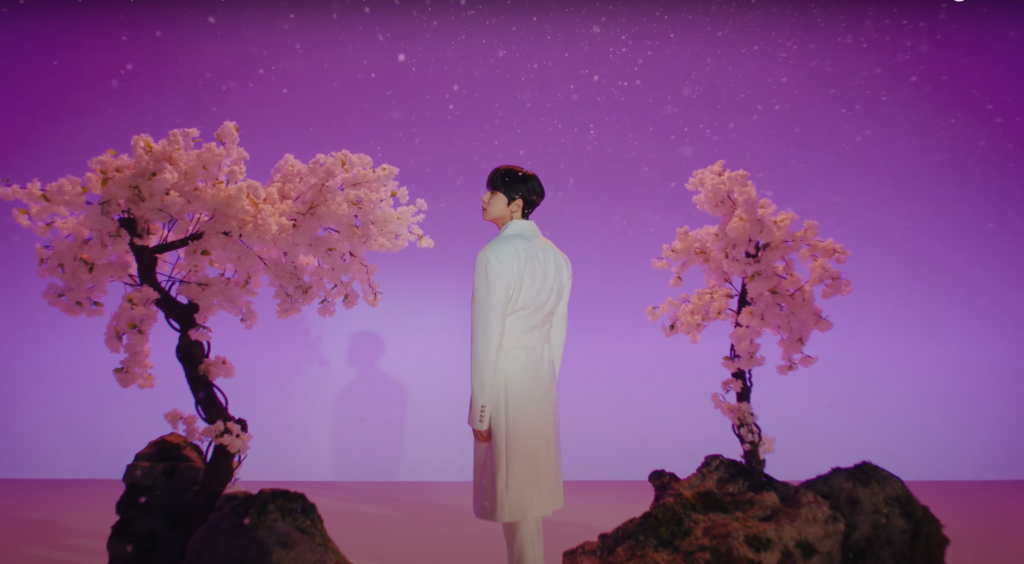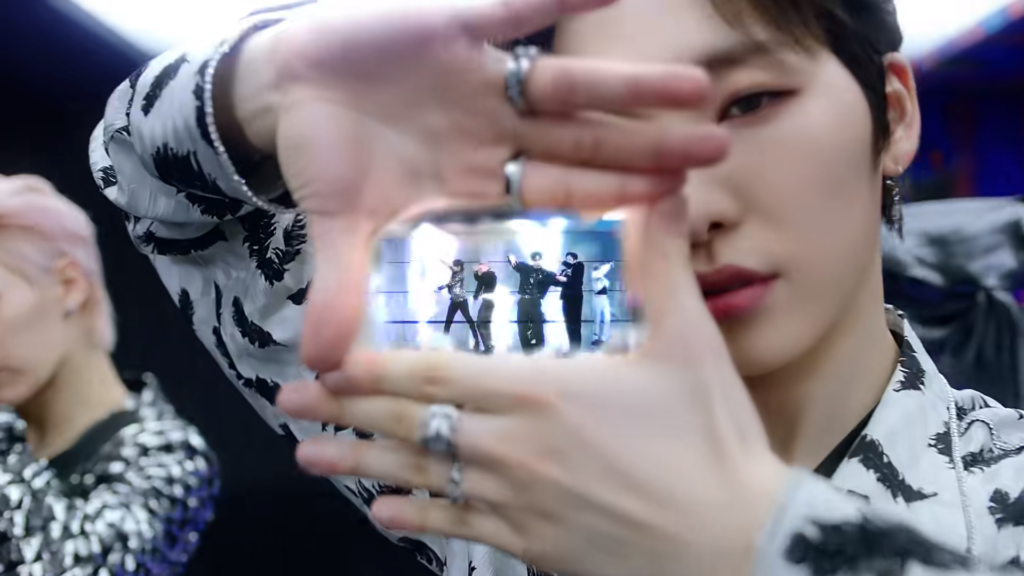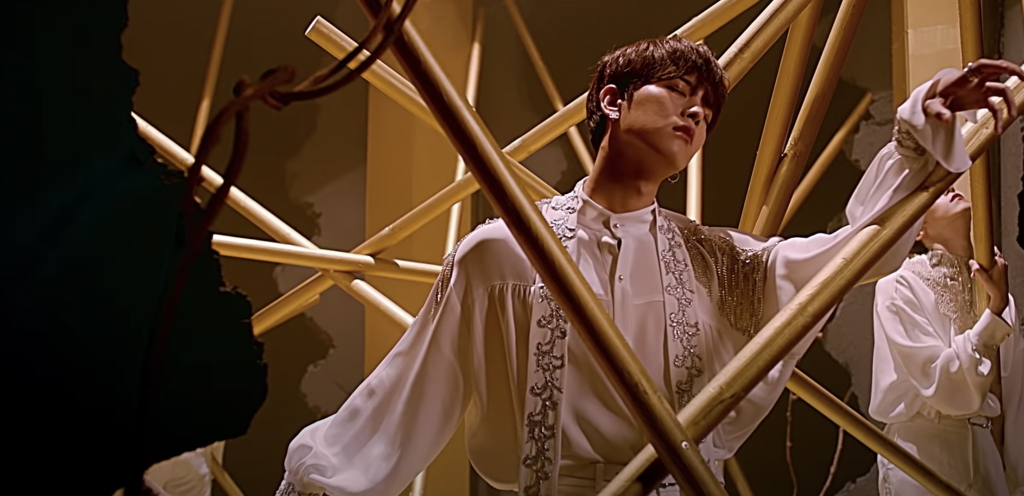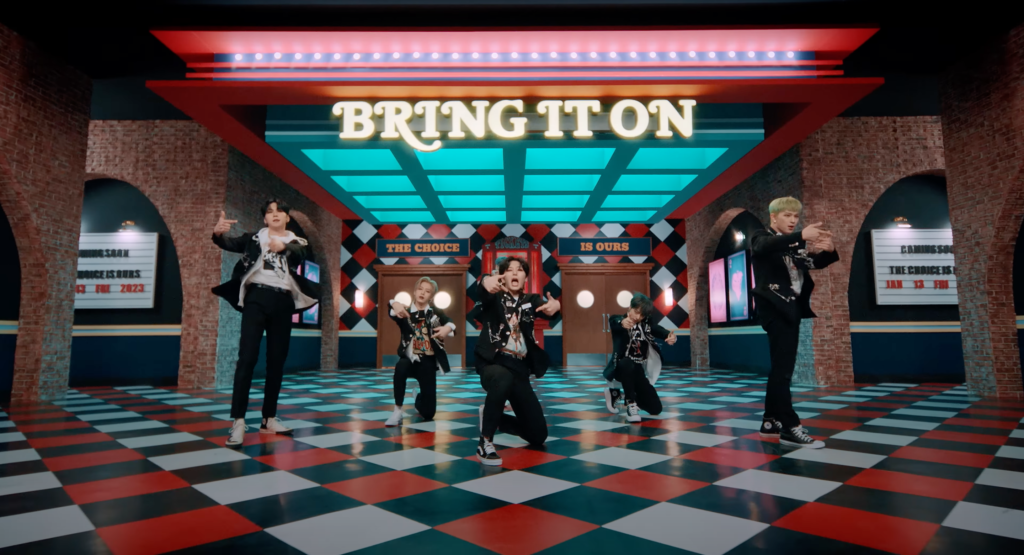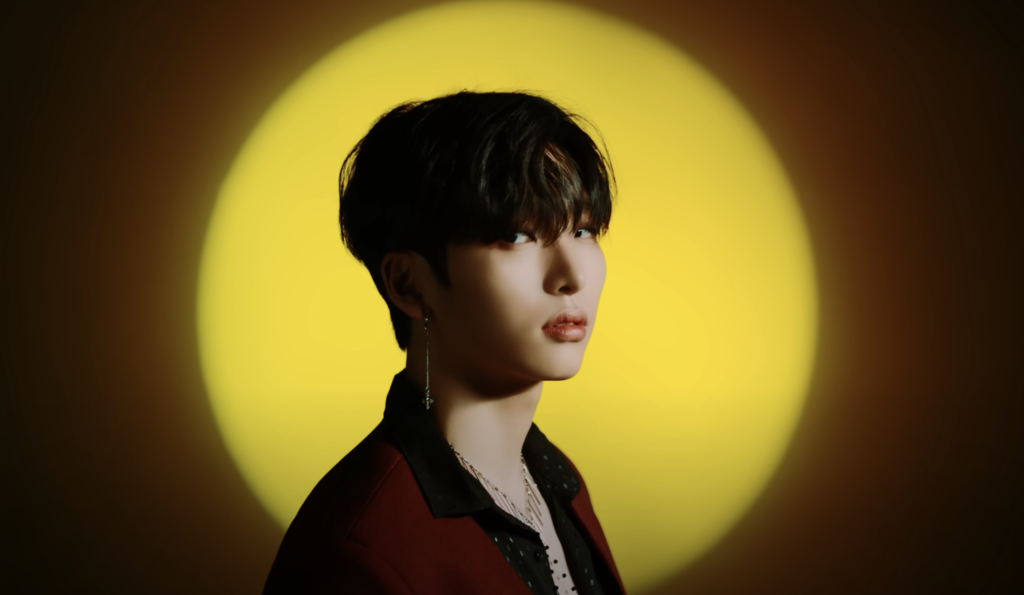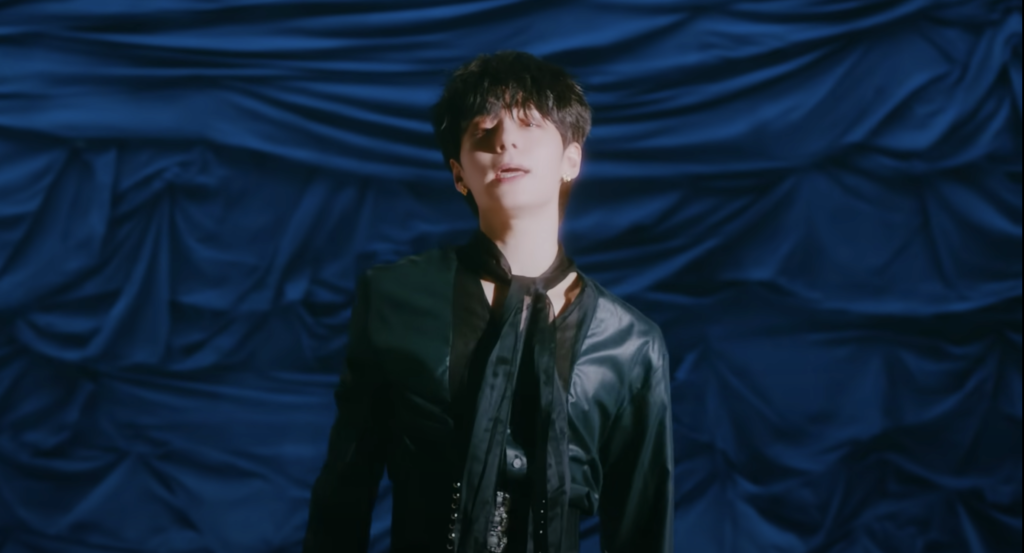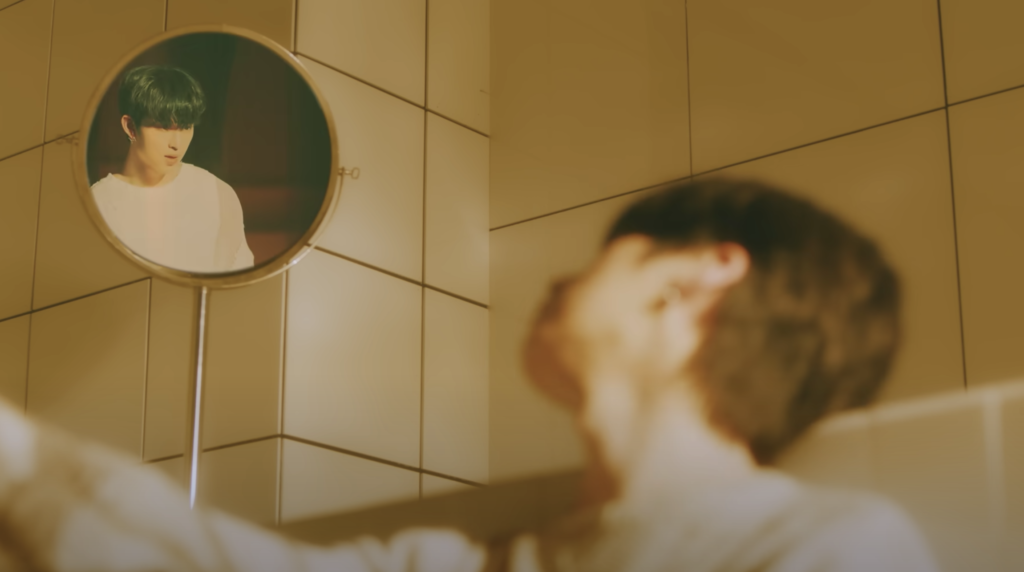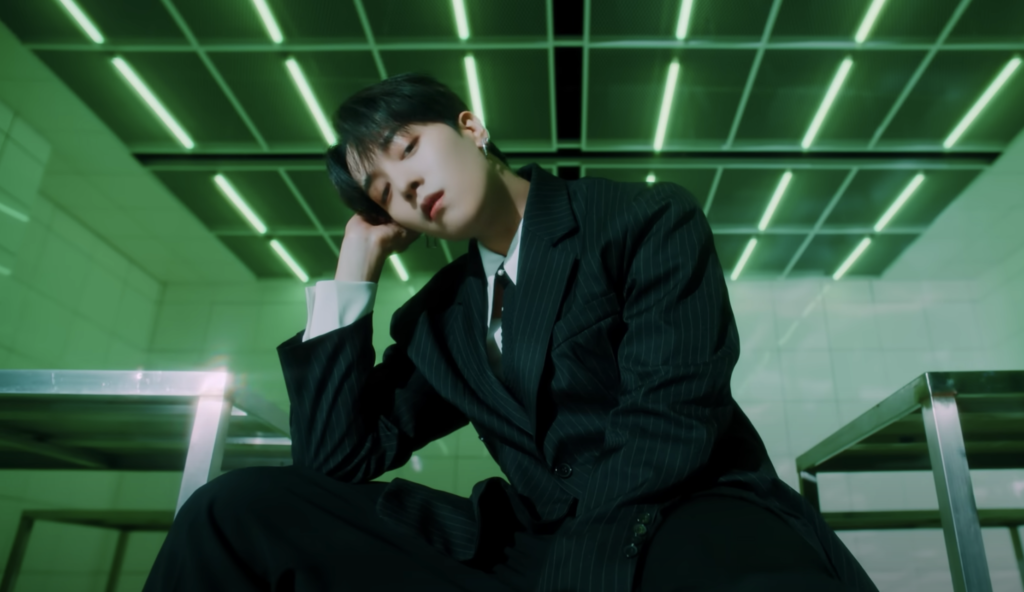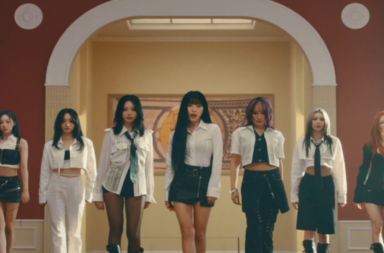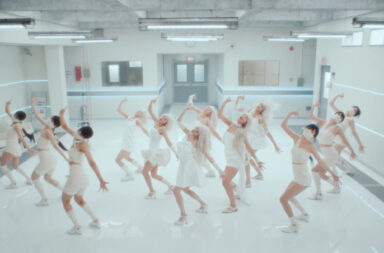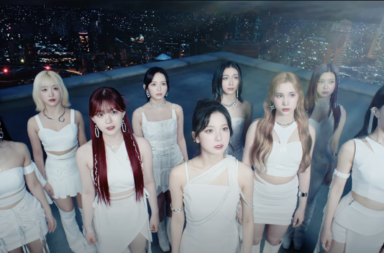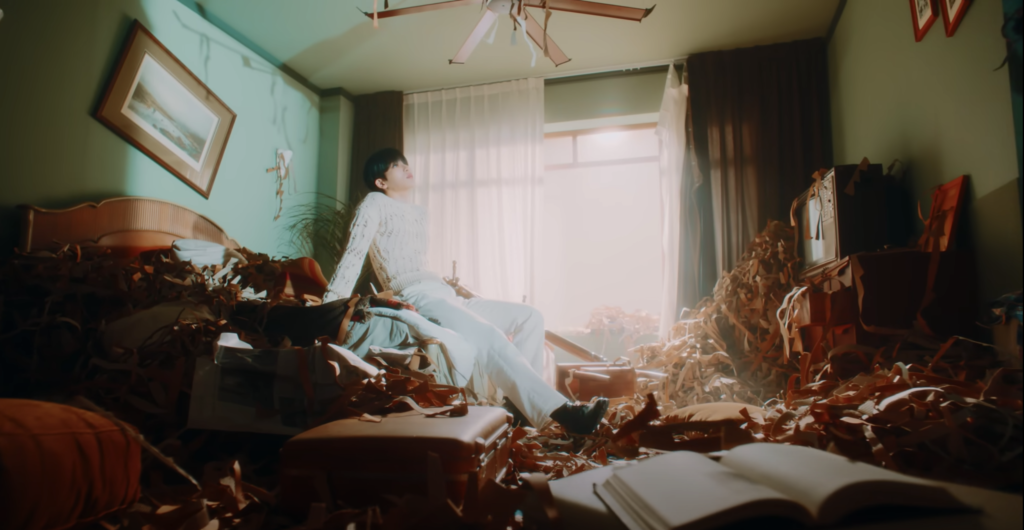
While die-hard To Moon’s must already be aware, casual fans or general public engagers would be surprised to know Oneus only debuted three years ago. Since 2019, the six members have released eight EPs and a prominent full-length album, not to mention two Japanese mini-albums. With each comeback, they’ve emerged anew, boldly presenting a polished version of themselves every time. Yet, re-emerging themes and imagery have kept our attention and excitement alive throughout their budding career.
The use of flowers as symbolism is an oft-repeated occurrence within the group’s music—most strongly used in “A Song Written Easily,” and highly referenced in both “Luna” and “Twilight” to coincide with their submergence in nature. Similarly, light is a popular theme in their debut series, as is the moon. When invoked, these three elements blend in to represent grief, longing, desire, nostalgia, and most importantly, love (whether forlorn or reminisced). While seemingly trivial, this tendency is one of many that makes Oneus stand out—how they utilize what is both beautiful and quiet all around us to tell a tale so personal, yet so relatable.
Meanwhile, other eras include either strong storytelling vis-à-vis dark, demonic concepts, or a dip back into historical waters, wading further into spellbinding ways to invoke tradition into modern culture. Whichever avenue they tried, Oneus has remained a steady powerhouse in music, choreography, and especially performance. While bouncing around from “Bring It On” to “Black Mirror” or “Come Back Home,” the group managed to fully camouflage into their distinct concept to bring it to life. In turn, we viewers see the fruit of their efforts with awe and spirited fangirling alike.
All this to say, quality has been a standard they maintained, as well as experimentation to broaden their creative spectrum. So when they announced a fall comeback, the usual excitement and curiosity in their artistic approach were aflutter. However, for what may be the first time, the MV was a stagnant point in their portrayal and performance. It seemingly limits the group’s full artistic interpretation, as it’s rather lifeless and weak in its simplicity. While this could be viewed as a reflection of the heartbreak evident in the lyrics, it was quite underwhelming for an outshining group.
As mentioned previously, the main difference this time was the lack of symbolism and artistic imagery. Not to say that all of their productions must center on nature or realistic surroundings; referencing to the gallery posted above, they often utilized simple lighting and props to paint an idealistic glimpse of the story being told. Or, they used colorful backgrounds that captured the visual concept through mood. Either way, every set had an innate purpose that matched the song and its message—however, “Same Scent” lacks the subtle symbolism that added greater depth to every production beforehand.
Their usage of lighting and simpler backgrounds is noticeable this time around, perhaps to have the members stand out in their performance. The water-filled stage is particularly memorable, as it enhances the group’s charismatic performance and hints at the strong reference to flowers. After all, flowers need water to stay alive, and without the scent of their lover, the abandoned hearts are wilting away. The ending shot nails this theme on its head, as the members pose together to represent a flower—the embodiment of love, now lost sans a painful but beautiful scent.
This idea of grief for something more than a reminder is visible throughout, via a mood of emptiness and artificial colors enforced. The members are often forlorn, lost in memories and isolation. Profile shots are very much isolated as well, differentiated with either minimal transitions or choreographic breaks. In these ways, the focus is solely on the members and their raw performance, without many frills or distractions. It’s a simpler approach to a common theme of loss, which was why it seemed like the perfect opportunity to expand on the specific idea of “scent” via flowers. Plenty of them if possible, whether artificial, virtual, or real. In some ways, this MV–with these still shots included–could embody any kind of theme or song. Unlike the intensity of the song, the MV was rather unfeeling, and if this was the aim, it feels rather uncoordinated.
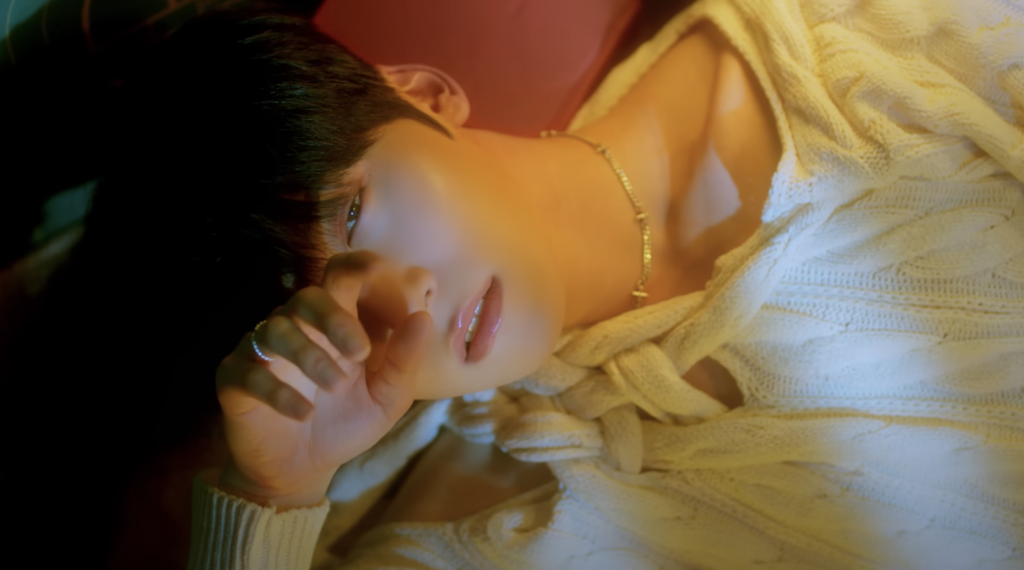
Nonetheless, it is Oneus, and as such, the comeback in itself is significant. It’s beyond evident the group can hold their own ground, and their performance oozes steady confidence. Their choreographic synchronization in particular is commendable and deserves its own dance version video.
If anything, the MV could have focused more on the dance as opposed to the box sets; their choreography was fluid, sensual, and powerful, whilst striking the perfect momentum with the track. In place of a symbolic item present (such as flowers to represent memories in “A Song Written Easily” or the gem necklace in “To Be Or Not To Be”), a good chunk of the MV was given mostly to profile shots. This also seemed to be the outcome of a lack of motif or storyline, though at least we got to indulge in gorgeous, alluring views of the group exuding their concept. Indeed, they’re unafraid to show their desire for love, and their gazes challenge us to keep watching until the end.
What did our fellow readers think of Oneus’ latest comeback? Let us know in the comments below!
(YouTube; images via RBW Entertainment)
